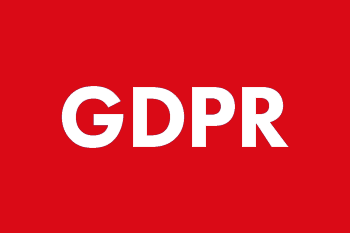If you’re thinking of committing to working with us – as a client or a contributor – then, ‘What do they stand for?’ is a totally valid thought. Every company stands for something, even if they hate the idea of spelling it out.
So I had to think hard about clearly explaining what makes Collective Content who we are. I want this post to go a little further than what people have found to date on our website or in past blog posts or on social media.
We publicise the idea that we happily work with the best writers to suit projects. Our flexible ‘collective’ model allows for that and was something I wanted to bake in from the beginning. (Our name shows I didn’t just make that up.) But there’s a lot more than that.
We’ve also openly talked about two sides of sourcing creative input in content marketing: organisations usually need to tap external expertise (see In-house or agency?) but, when using external pros, an agency trumps individual freelancers (see Agency or freelancer(s)?).
The reason for the latter is layers of quality control. We think that way for a good reason, one that is seen in nearly everyone who works for us. We think there’s a great example of how to do content well. It’s called the media. Now commercial models in the media might be debatable but the quality of output, honed over decades, isn’t.
If I’m going to create a video, I’d like the help of a film-maker or someone who has produced for a nightly news programme. If I want deep expertise about cloud computing, I’d like to choose someone who has written professionally about the area for a decade. (And knows it wasn’t always called ‘cloud’ back then.)
In other words, we stand for quality and doing things the right way. As far as I know, we’re the only agency that bangs a drum for ‘media-grade content’. It’s not that I don’t want others to raise the bar on what counts as good but I’m also aware that it’s a point of differentiation, especially against those who have never come close to environments like newsrooms or cannot answer the simple question, ‘What’s your best story?’
Away from the content, we also believe in treating people fairly. That means how we interact with clients. But it also means how we pay and work with those collectivists who work for us independently. For example, we don’t think it’s the hardest thing to pay people promptly. In fact, if we’re smaller than competing agencies, this marks a strong competitive advantage. I know we certainly don’t mind others taking that approach to our invoices.
We don’t have a written mission statement. That’s one of the few things I don’t have stuck to my office wall. But these themes of quality content and respectful, quality interaction with clients and contributors – they are real, simple and make sense. They seem both good for business and the right way to operate.
–
*photo credit: Newsroom via photopin (license)
Follow us on Twitter – @ColContent
Download our exclusive research and report ‘PR’s love-hate relationship with ‘brand journalists’ – and why it matters‘.
Need a corporate blog but don’t have the time or editorial expertise? Try Speech-to-blog, a corporate blogging service from Collective Content.








